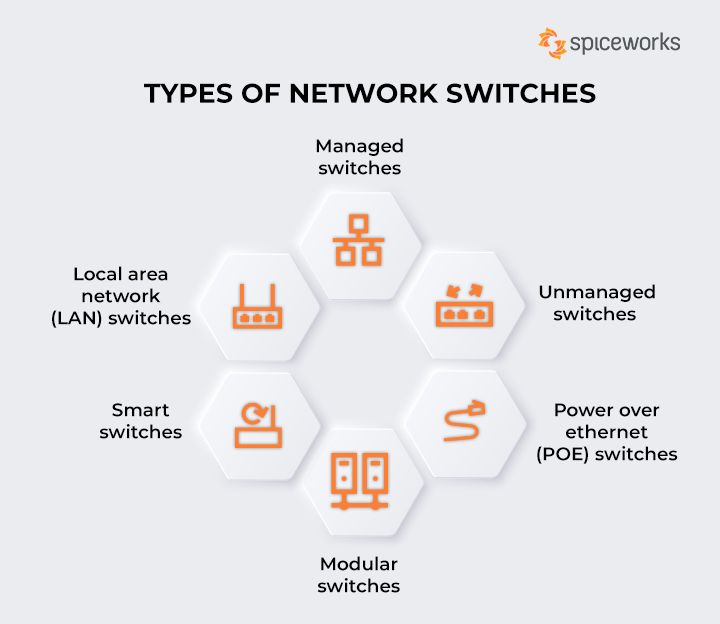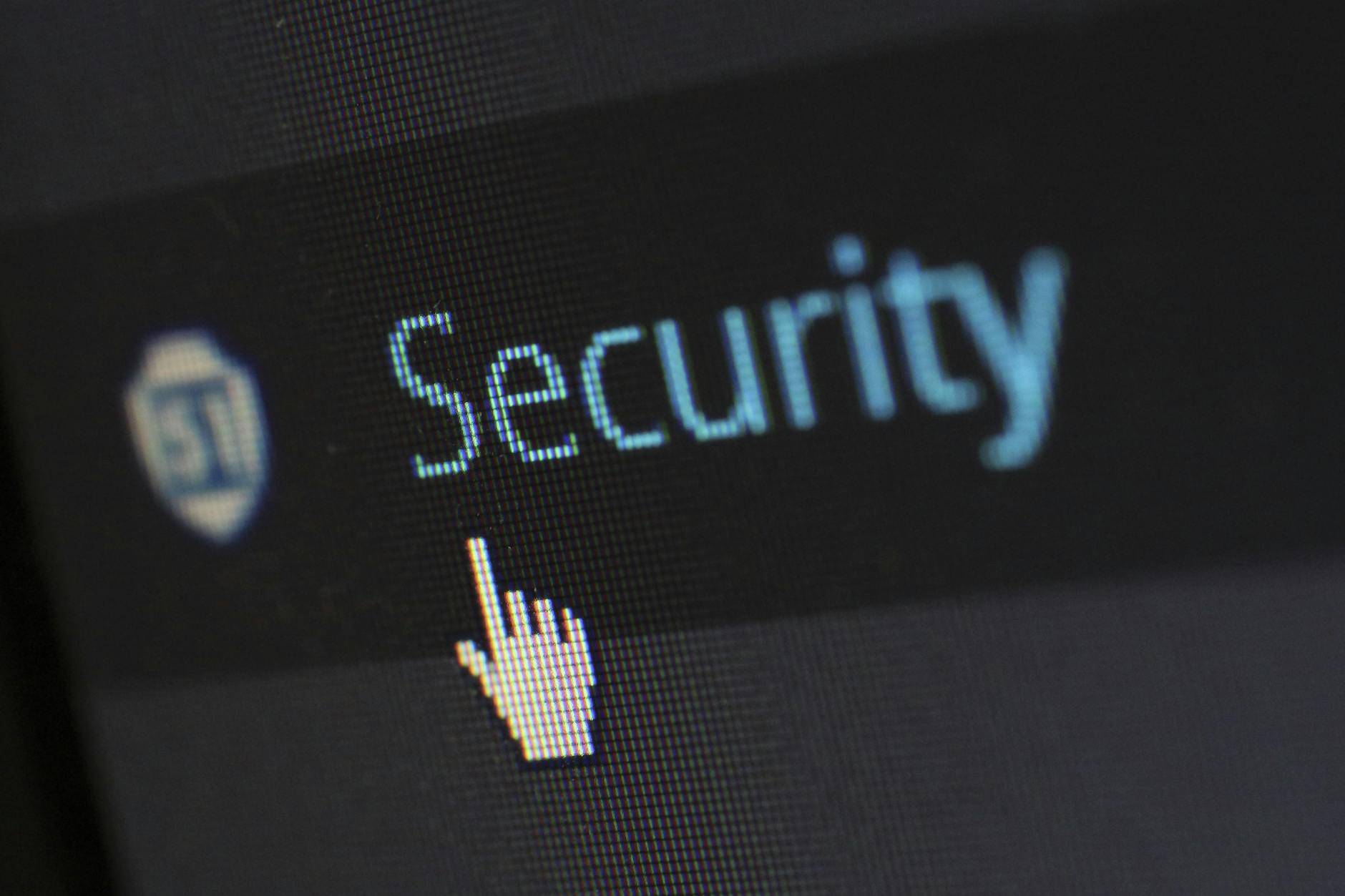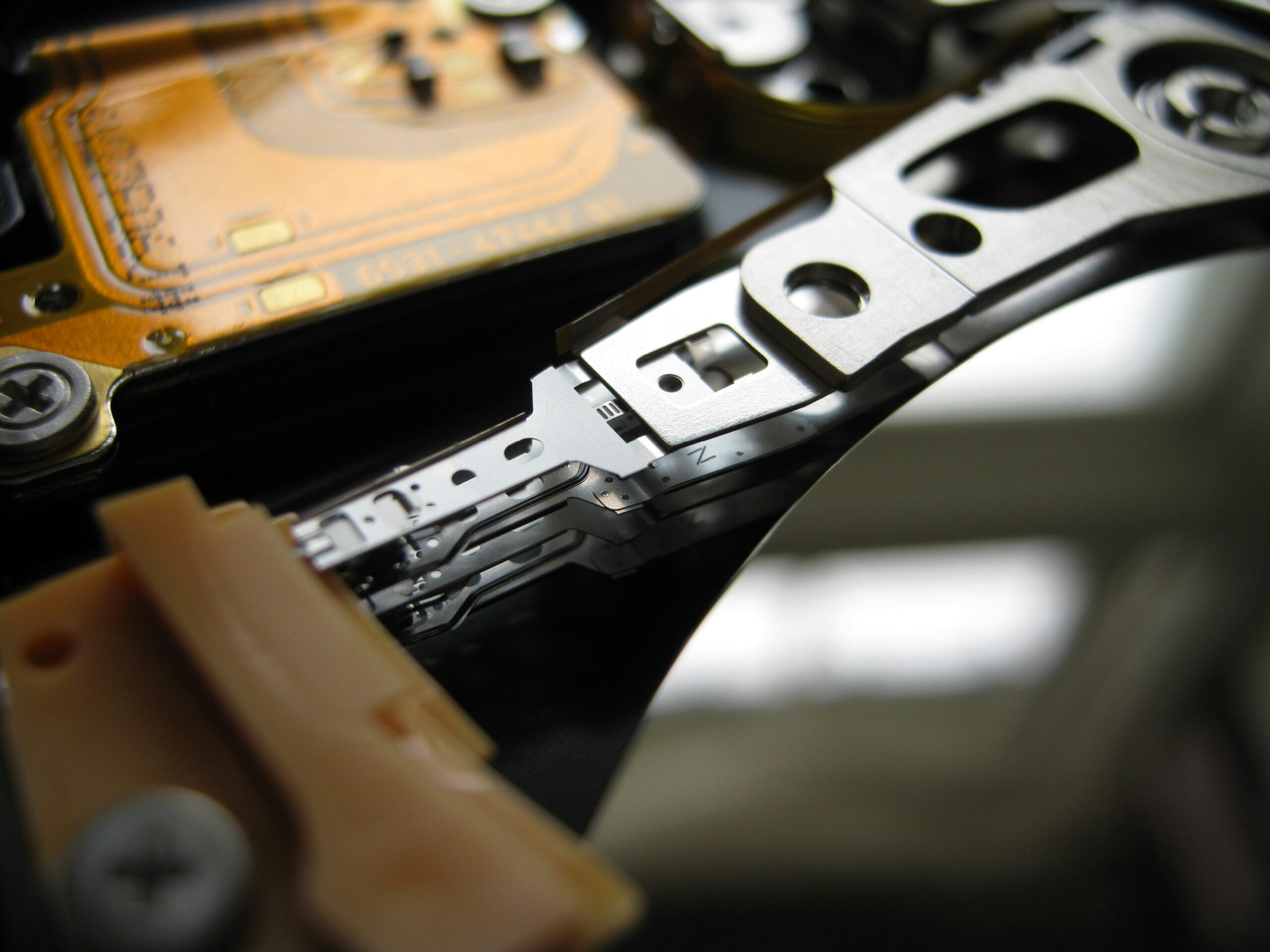Have you ever considered that a single high-efficiency mining rig can generate the same hash power as dozens of obsolete models? Setting up a cryptocurrency mining rig isn’t just about gathering hardware; it’s an intricate dance of power efficiency, cooling strategies, and software optimization. This complex yet rewarding endeavor can yield substantial returns if approached with precision and prudence.
Cryptocurrency mining has evolved since its inception in 2009 with Bitcoin’s release. Back then, individuals could mine coins using simple desktop setups, but today’s landscape demands far more sophisticated machinery and techniques. According to a recent statistic, mining farm operators can potentially achieve an annual profit margin exceeding 20%, provided their rigs are optimized for the task at hand.
Understanding Cryptocurrency Mining
Cryptocurrency mining is the process of verifying transactions and adding them to a public ledger called a blockchain. This process involves solving complex mathematical problems using powerful computers. When a problem is solved, the miner is rewarded with cryptocurrency.
Mining started with Bitcoin in 2009 when people could use regular computers to mine coins. As more people joined the network, the difficulty of mining increased. Now, it requires specialized hardware known as mining rigs.
The main goal of mining is to ensure the security and integrity of the blockchain. Each solved problem creates a new block that is added to the chain, keeping the network decentralized and secure. By participating, miners support the network while earning rewards.
Different cryptocurrencies have different mining algorithms, which means various methods and hardware are used for mining each type. Some popular cryptocurrencies to mine are Bitcoin, Ethereum, and Litecoin. Choosing the right coin depends on factors like profitability and hardware compatibility.
Choosing the Right Hardware for Your Mining Rig
Selecting appropriate hardware is crucial for building a successful mining rig. The main components include a powerful GPU, a reliable motherboard, efficient power supply, and sufficient cooling systems. Each part plays a role in ensuring your rig runs smoothly.
Graphics Processing Unit (GPU)
The GPU is the heart of your mining rig. It performs the large number of computations needed for mining. High-performance GPUs are necessary to increase your mining rate and profit margins.
Consider GPUs from reputable brands like NVIDIA and AMD. These offer a good balance of performance and efficiency, essential for long-term mining. Check compatibility with your chosen cryptocurrency algorithm as different coins require different GPUs.
Besides brand, look at the GPU’s hash rate, power consumption, and cost. High hash rates yield more rewards but can be power-hungry. Balancing these factors can help you maintain profitability and manage electricity costs.
Motherboard and CPU
The motherboard connects all the components in your rig. Choose a motherboard that can support multiple GPUs for better scalability. Motherboards with more PCIe slots allow you to add more GPUs, improving your rig’s mining power.
A reliable CPU is essential but does not need to be the most powerful. An average CPU will suffice as it does not perform the heavy-lifting work in mining. The motherboard and CPU should work together seamlessly to ensure system stability.
Ensure that the motherboard supports your GPU and CPU choices. Compatibility issues can lead to system failures. Also, look for features like adequate RAM slots and USB ports for additional peripherals.
Power Supply and Cooling
Your mining rig will consume a lot of power, making a high-capacity power supply crucial. Choose a power supply unit (PSU) with enough wattage to handle your GPUs and other components. Modular PSUs can help manage cables better.
Keep your rig cool to avoid overheating, which can damage components. Invest in good cooling solutions like additional fans and heat sinks. Some setups might benefit from liquid cooling for better thermal management.
Check airflow in your setup environment and regularly clean dust to maintain cooling efficiency. Proper ventilation and cooling can also extend the lifespan of your mining rig.
Setting Up the Mining Software
Once your hardware is ready, the next step is installing mining software. This software enables your hardware to connect to the blockchain and start mining. Choosing the right software can make a significant difference in your mining efficiency.
Popular mining software options include CGMiner, EasyMiner, and NiceHash. Each has its own features and benefits, so it’s important to choose one that suits your needs. Most mining software is free to download and easy to set up.
- Download the mining software from a trusted source.
- Install the software on your computer or rig.
- Configure the software settings to optimize performance.
After installation, you’ll need to configure your mining software. This typically involves setting up a connection to a mining pool, entering your wallet address, and adjusting performance settings. Make sure to monitor your software’s performance regularly to ensure everything is running smoothly.
Optimizing Your Mining Rig for Maximum Efficiency
To achieve the best performance from your mining rig, optimization is key. Fine-tuning your hardware and software settings can significantly boost your mining output. Start by ensuring all components are running at their best possible settings.
Regularly updating your mining software can lead to better efficiency. Software developers often release updates that improve performance and security. Keep an eye out for updates and install them promptly.
Temperature management is crucial for maintaining efficiency. Overheating can reduce the lifespan of your hardware and lower performance. Utilize high-quality cooling systems and keep your mining rig in a well-ventilated area.
- Install additional fans for better airflow.
- Consider using liquid cooling for high-performance setups.
- Regularly clean dust from your rig to prevent overheating.
Monitoring your rig’s performance can help you spot issues quickly. Use monitoring tools to keep track of key metrics like hash rate, temperature, and power consumption. Address any anomalies immediately to prevent long-term damage.
Finally, join a mining community or forum. Experienced miners often share valuable tips and tricks for optimizing rigs. Engage with the community to stay updated on best practices and new optimization techniques.
Understanding the Profitability of Cryptocurrency Mining
Profitability in cryptocurrency mining depends on several factors. The price of the cryptocurrency, mining difficulty, and electricity costs play significant roles. Keeping these elements in check can help maximize your profits.
Electricity is a major cost for miners. Using energy-efficient hardware can significantly reduce expenses. Always consider the energy consumption of your GPUs and other components.
Joining a mining pool can improve your chances of earning rewards. Solo mining is less predictable, while pool mining offers more consistent payouts. In a mining pool, multiple miners combine their processing power to solve blocks.
- Choose a reliable and low-fee mining pool.
- Check the pool’s payout structure.
- Monitor your pool’s performance regularly.
Calculating potential earnings is crucial. Use online calculators that factor in hash rate, power consumption, and current coin price. This helps in understanding whether mining a specific coin will be profitable.
Stay informed about market trends and technological advancements. The cryptocurrency market is volatile, and prices can fluctuate rapidly. Keeping up-to-date can help you make timely decisions to maximize profitability.
Frequently Asked Questions
This section addresses common questions about cryptocurrency mining. Get clear answers to help you make informed decisions and optimize your mining rig.
1. What are the basic components needed for a mining rig?
A mining rig requires several key components: GPUs, a motherboard, power supply, CPU, RAM, and cooling systems. The GPU is the most crucial part as it performs the laborious computations required for mining.
The motherboard should support multiple GPUs for better performance. Additionally, an efficient power supply ensures stable operation while adequate cooling prevents overheating and enhances longevity of the hardware.
2. How does joining a mining pool improve profitability?
Joining a mining pool increases your chance of earning rewards by pooling resources with other miners. In solo mining, solving blocks is uncertain; pools offer more consistent payouts by distributing the collective effort among members.
Pools charge a small fee but provide stability in earnings. This makes them beneficial especially for those without extensive resources or powerful rigs.
3. Which cryptocurrencies are best suited for beginner miners?
Cryptocurrencies like Ethereum Classic (ETC), Monero (XMR), and Zcash (ZEC) are good choices for beginners due to their lower difficulty levels compared to Bitcoin. They are often mined using consumer-grade hardware while still being profitable.
You can start with relatively smaller investments and gradually scale up as you become more familiar with the process. Ensure you also research possible future returns and potential market trends before making final decisions.
4. How can I reduce the electricity consumption of my mining rig?
To reduce electricity costs, use energy-efficient GPUs and consider undervolting your hardware to decrease power usage without compromising much on performance. Efficient power supplies also help minimize energy loss during operation.
Cooling solutions like additional fans or liquid cooling can enhance efficiency by preventing overheating which otherwise could make your rig consume more power unnecessarily. Regularly monitor and maintain all components for peak efficiency.
5. What types of cooling systems are recommended for a mining rig?
Cooling is vital to prevent overheating and ensure smooth operations; air cooling with high-quality fans or liquid cooling setups are popular choices among miners. Air cooling involves adding extra fans around critical parts like GPUs whereas liquid cooling uses coolant liquid to dissipate heat efficiently.
In highly demanding environments where high performance is needed continually, hybrid systems combining both air and liquid cooling can provide optimal results maintaining safe temperatures even under intense workloads.
Conclusion
Setting up a cryptocurrency mining rig requires careful planning and consideration of various factors. From selecting the right hardware to optimizing software, each step plays a crucial role in maximizing efficiency and profitability.
By staying informed about industry trends and best practices, miners can adapt and thrive in the ever-evolving landscape of cryptocurrency. With the right approach, your mining rig can become a reliable source of income in the digital economy.







Leave a Reply
You must be logged in to post a comment.